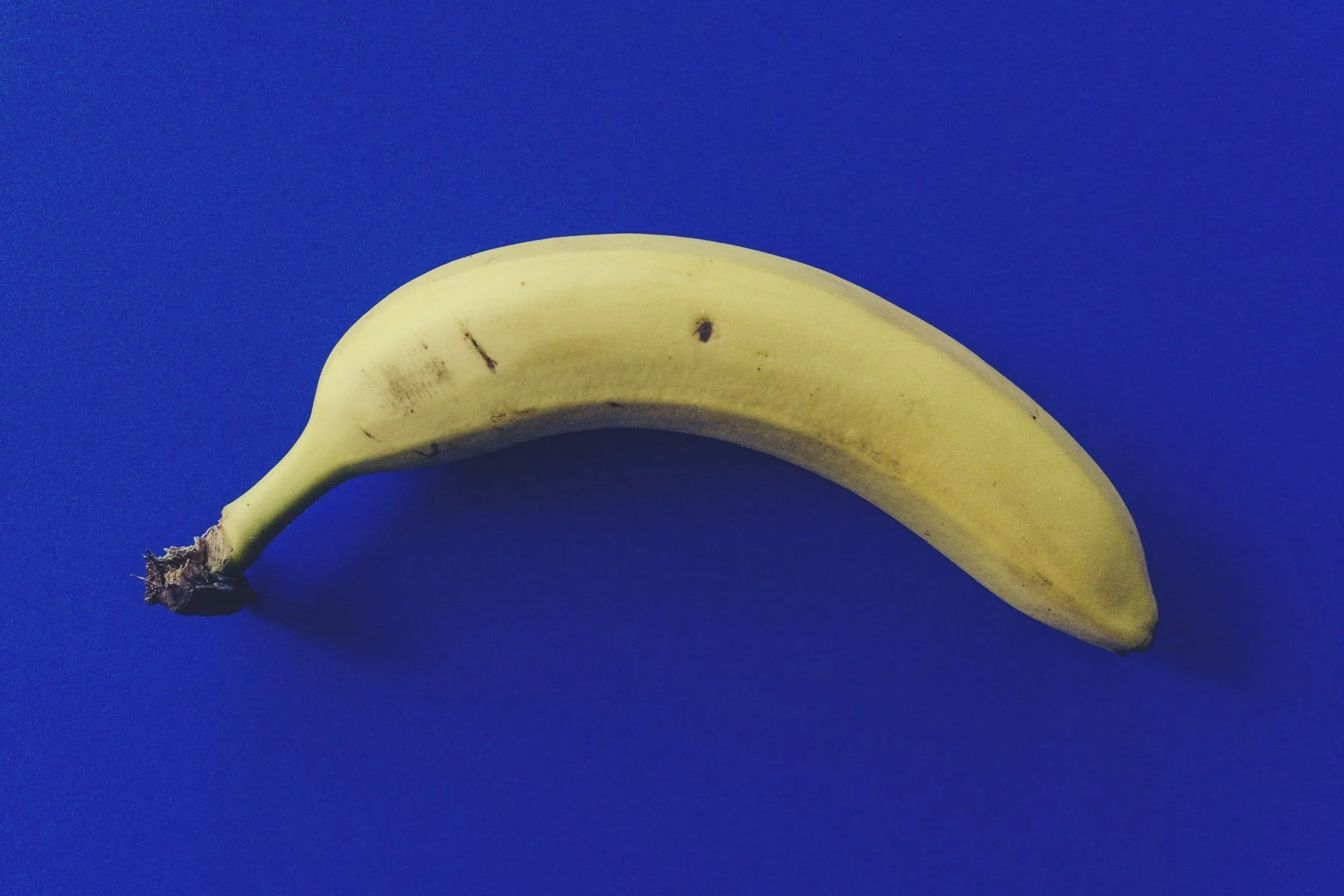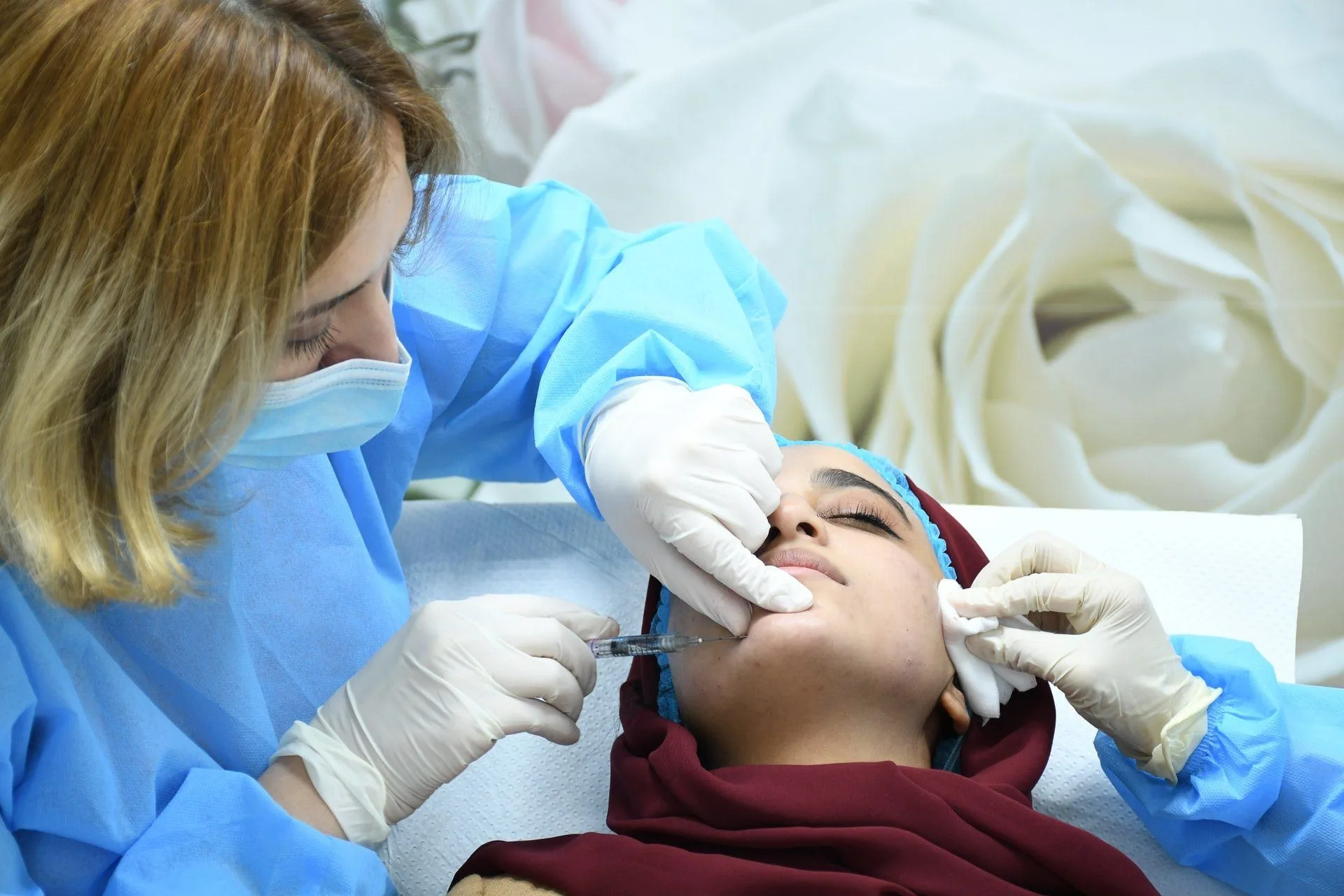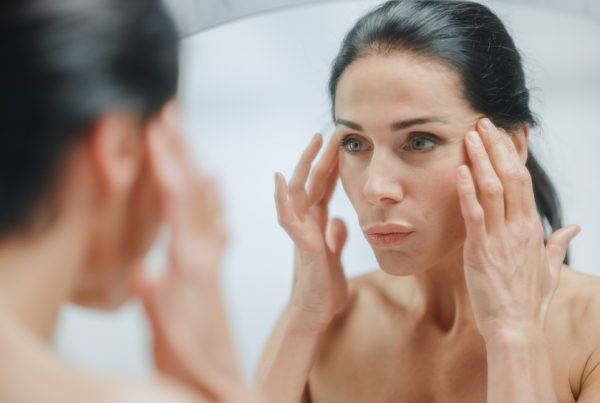According to research, skin tags can be observed in 25% of adults. Skin tags are additional bits of skin that stick out past the outside of the body. Skin tags can be pretty much as little as 1 mm and as extensive as 1 cm, periodically significantly bigger. This skin condition, likewise called acrochordons, are generally flesh-colored developments, albeit some might be darker in shade due to hyperpigmentation. They can be found directly on the skin’s surface or appear to grow from the meager tail of the skin and hang off the body.
These are generally painless and in themselves contain blood vessels and collagen. Skin tags often go unnoticed until they are in a more prominent place or scratched or rubbed frequently.
Although skin tags are sometimes seen in children, they are more common among middle-aged and older individuals, both men and women. Skin tags are not risky, however, can be eliminated for tasteful and corrective reasons. They are innocuous and to a greater degree a corrective issue than everything else, except understanding what they are, and aren’t, can be consoling.
Why Do Skin Tags Occur?
Skin tags themselves are benign and there is no one cause for this event. A few dermatologists concur that hereditary qualities assume a significant part in its event and subsequently skin tags can run in families. Skin labels can be seen with individuals who are obese since their occurrence can likewise be the aftereffect of skin-on-skin friction and contact between adjoining spaces of the skin or among clothes and skin.
Because of the above reasons, they typically can be seen on the parts of the body where the skin is overlapping or wrinkled for example; underarms, under the bosom, upper chest, eyelids, and neck. Skin labels can likewise be created because of ascending estrogen levels. This is the reason ladies who are pregnant regularly foster skin tags because of hormonal changes. Skin tags are at times accepted to be identified with skin cancer. In any case, skin labels are not harmful or cancerous and are not contagious. Although this abnormality is not harmful, it does indicate an increased level of insulin in the body.
Unlike other abnormalities of the skin like moles and warts, skin tags hang off the skin by a small stalk and hence are easy to identify. Skin tags can be wrinkled and asymmetrical or smooth and round. There is no preventive measure that one can take to avoid skin tags.

Photo by Daria Nepriakhina on Unsplash
Home Remedies For Skin Tags
- Banana Peel: The peel of a banana can help dry out the skin tag.
- Tea Tree Oil: Tea tree oil has antifungal properties and when applied to the skin tag it can help dry it out. It can be applied every night before sleeping. Bandages can also be placed in the affected area.
- Vitamin E: Vitamin E has antioxidants that may cause skin tag growth to vanish
- Garlic: It has anti-inflammatory properties and thus helps in the shrinking of skin tags when applied overnight for a few nights.
- Apple cider vinegar: It helps in breaking down the tissue surrounding the skin tag and thus helping the skin tag to vanish.
- Diet: Eating an anti-inflammatory nutrition plan can help reduce skin abnormalities. This means removing inflammatory foods, including gluten, refined oils, fried and processed food, refined sugar, and so on.
- Good Hydration: Hydration is altogether critical for overall health, but it also helps in detoxification and cleansing.
Other Ways To Remove Skin Tags
A more secure option for eliminating skin labels is to visit a dermatologist or other skin specialist for other conventional treatments.

Photo by Atikah Akhtar on Unsplash
Cauterization
Cauterization is a clinical practice or procedure of burning a piece of a body to eliminate or close off a part of it. It includes burning the skin tag with electrolysis.
Cryosurgery
Cryosurgery is a sort of medical procedure that includes the utilization of an outrageous cold to obliterate unusual tissues, like skin tags. The medical procedure frequently includes the utilization of fluid nitrogen that freezes the skin tag.
Excision
Excision involves the removal of skin tags out with a scalpel.
Ligation
Ligation is when a string is surgically placed tightly around tissue and tied. It helps in interrupting the skin tags’ blood supply.
Anti-Androgen Medication
If the skin tags are due to an increase in testosterone, doctors may recommend anti-androgen medication.
Surgery
Larger skin tags can be surgically cut off using electric surgery.
Closure
The reason why this condition occurs is described below in brief:
- Insulin opposition, which may prompt sort 2 diabetes and prediabetes, may likewise assume a part in the development of this skin condition.
- Obesity, diabetes, HPV, hypertension, and high cholesterol levels can also give rise to skin tags.

Photo by freestocks on Unsplash
- Women with pregnancy, possibly due to hormonal changes, might develop this condition.
- Changes in the level of estrogen and progesterone, and people with a sex steroid imbalance, might have skin tag growth.
- Genetics can play a major role
Bottom line
Skin tags are innocuous irregularities of the skin that can be overlooked. Nonetheless, they can be a nuisance and removed if necessary. In any case, in the event that the presence of a skin tag transforms, it is prescribed to counsel a dermatologist.





![women [longevity live]](https://longevitylive.com/wp-content/uploads/2020/01/photo-of-women-walking-down-the-street-1116984-100x100.jpg)








